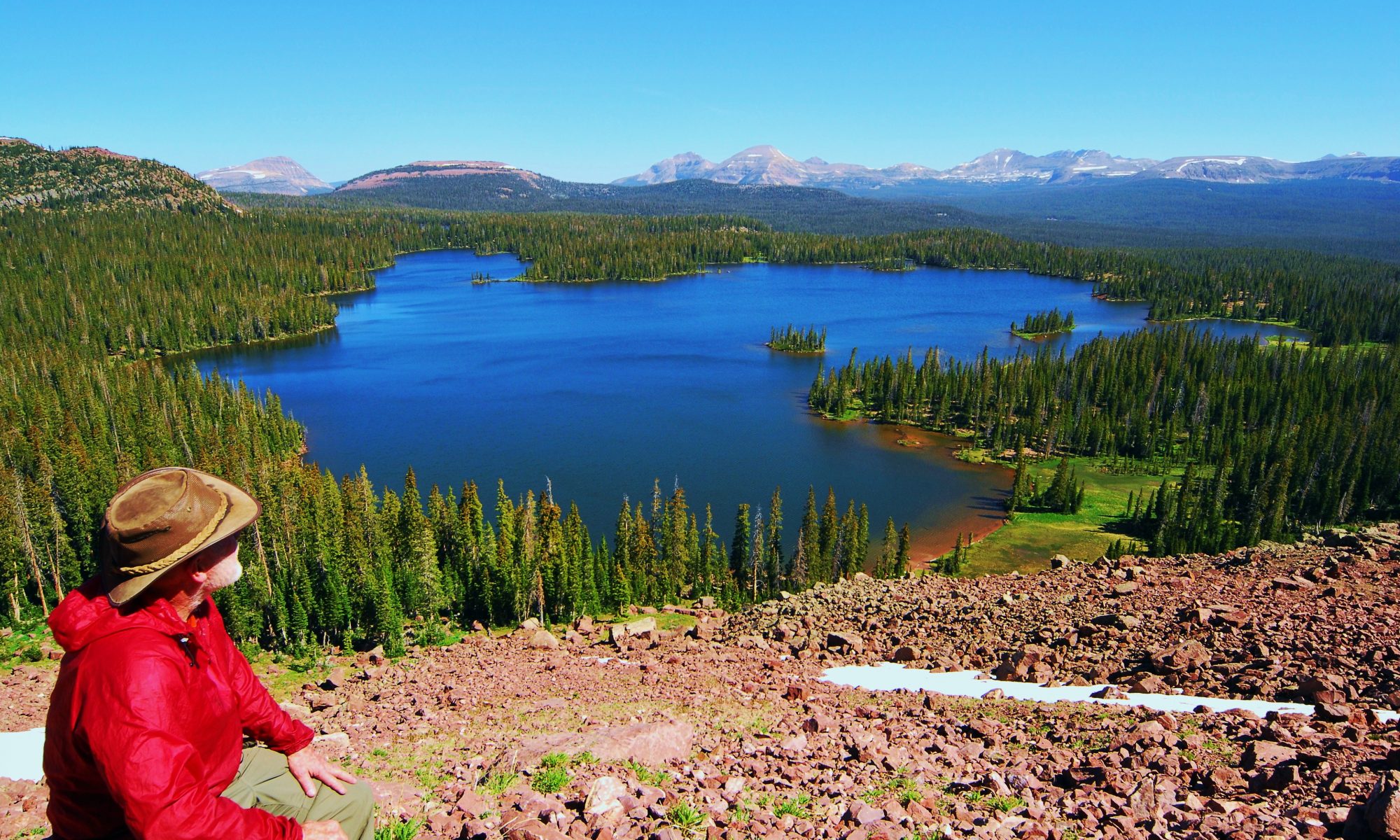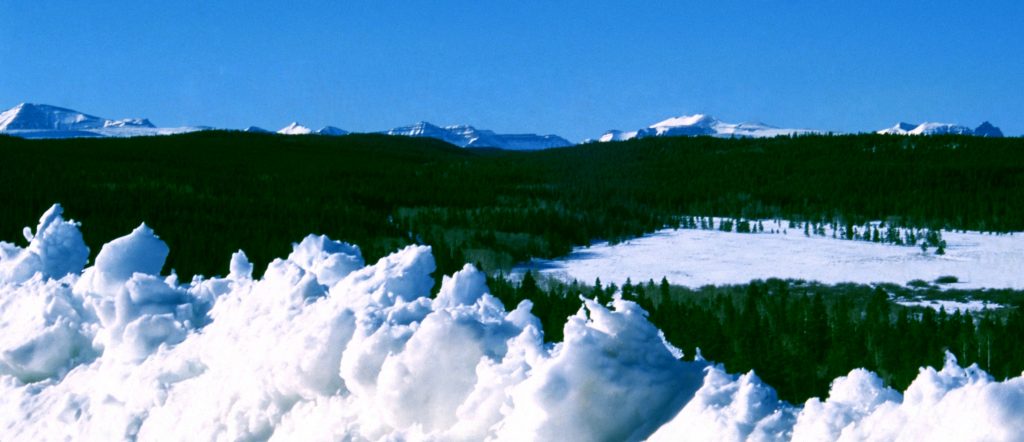
My last post was a bit premature welcoming SPRING with the first wildflowers. Snow this week can have us focusing on what the cold won’t hurt–THE BEAUTIFUL ROCKS of our exercise area–the foothills of the Wasatch–the one below, nestled in new snow, is my FIRST VISION OF NATURE treasure and reward found this week….

….followed by a few others collected on my recent walks in the hills and along the creek–as I learn to hike again. In my freshman year at BYU in 1954 I was a geology major, planning on finding riches in the West Utah Desert and becoming rich. Geology fascinates me as it should all of us and the HIGH UINTA MOUNTAINS is a geologic treasure as I show you in my BOOK. I am grateful to see and appreciate BEAUTY in the VISIONS OF NATURE–including these magnificent rocks.


WOW! says it all.

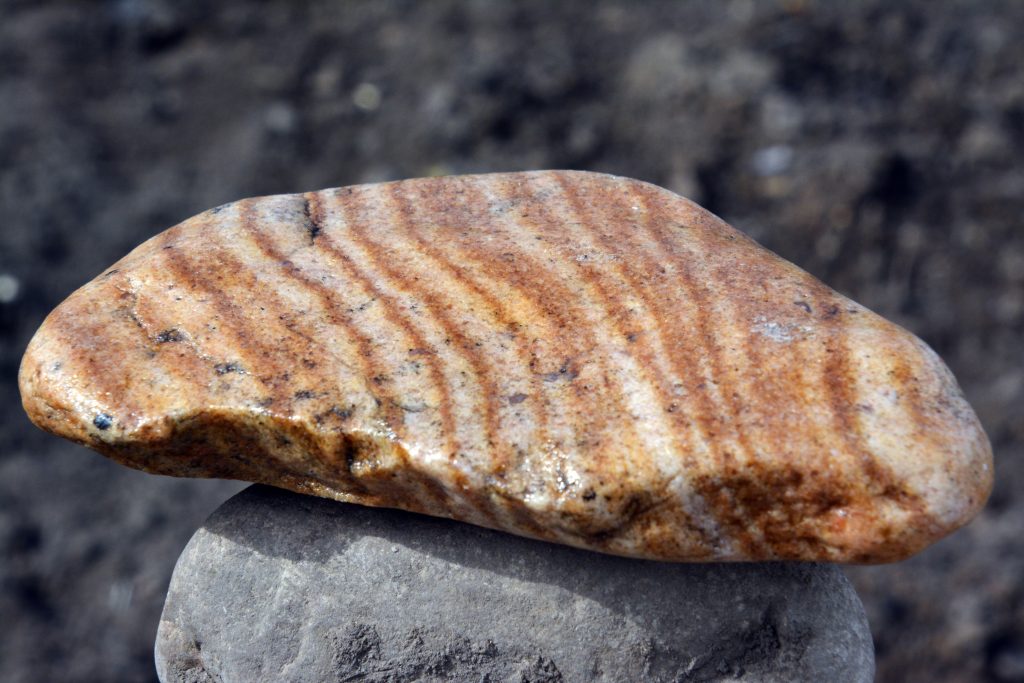
I’ll insert below a picture of my recent collection–THE BEST from the last month or so…..


Below Iwill insert a page from my BOOK, a magnificent collection of rocks from the HIGH UINTA MOUNTAINS.
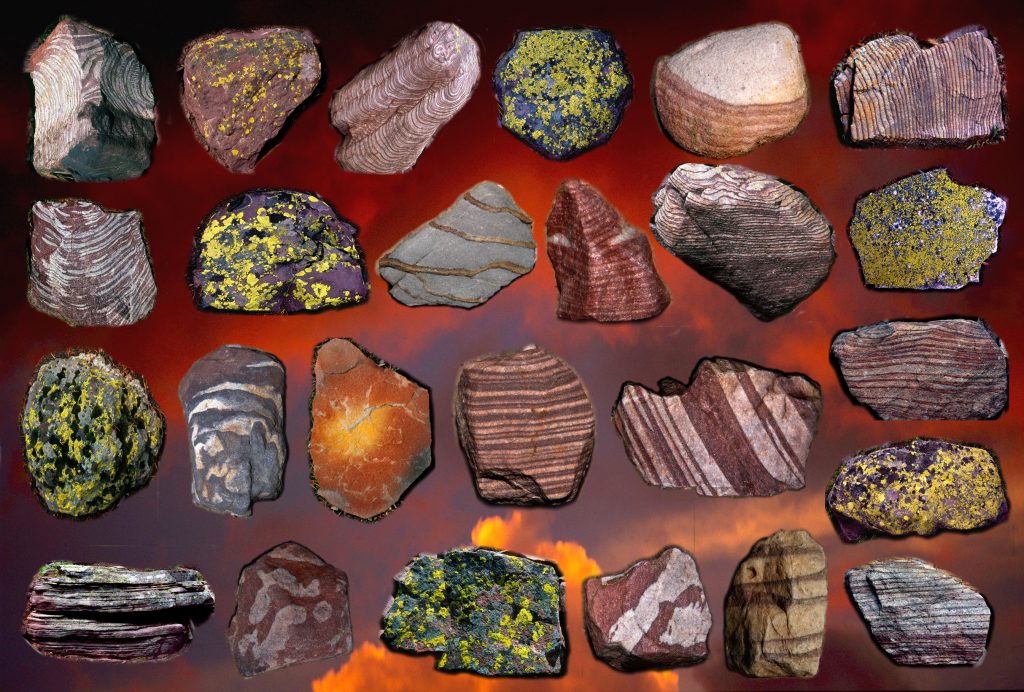
EVENTUALLY I’LL FIGURE OUT HOW TO PUT THEM TOGETHER TO CREATE A MAGNIFICENT VISION OF NATURE, such as I did creating with SCRUB OAK from the foothills an incredible frame you see below embracing a wonderful view of TRIANGLE MOUNTAIN & RECONNAISSANCE LAKE, off-trail in the Rock Creek drainage of the Uinta’s South Slope, a rival to RED CASTLE as “THE MOST BEAUTIFUL OUTDOOR SCENE IN UTAH.“
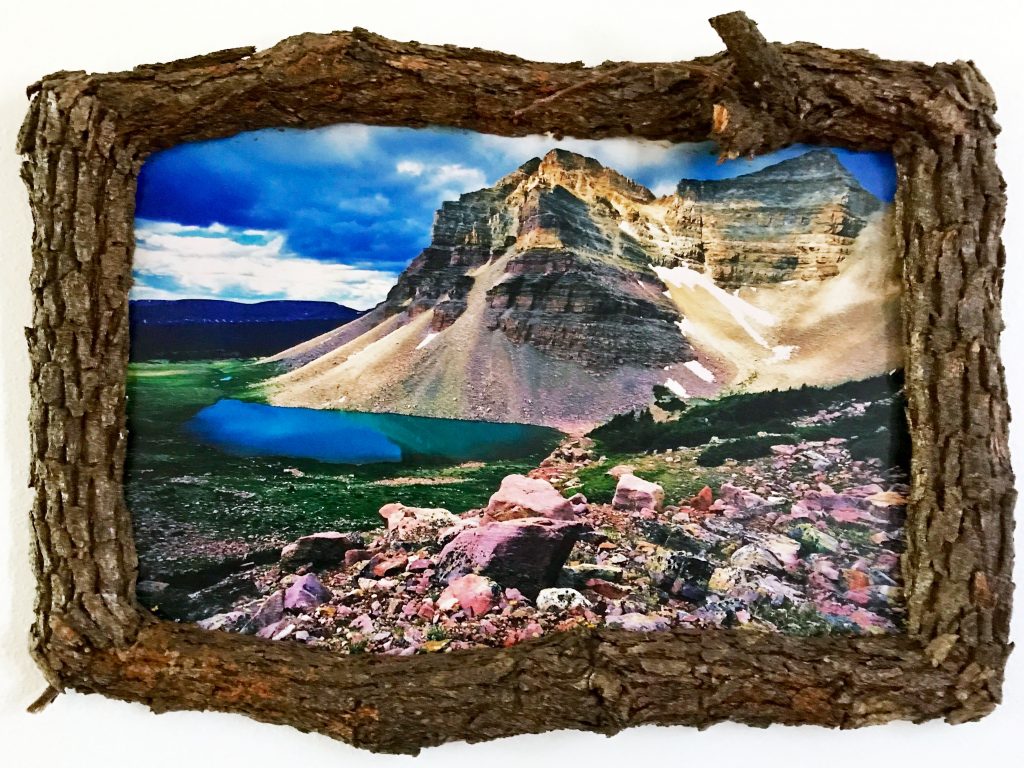
He’s a “RODEO CLOWN” said an Animal Husbandry professor from BYU, visiting my Las Victorias Dairy in Guatemala.
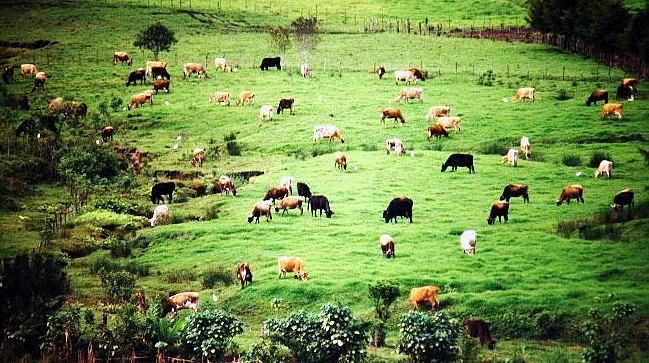
The complete story is told in what simply we can call THE MAYA STORY . GO TO THE FOUNDATION WEBSITE TO GET THE link to download it free: https://www.guatemalanfoundation.org/ . The visiting professor first asked, “Where are your alfalfa fields?” I replied, “Rather than use alfalfa, and silage, the staples of the U.S. dairy industry, we have our cows on high quality pastures of an African grass with 23% protein–similar to alfalfa, 24 hours a day, 365 days a year!” I continued, “We took over a bankrupt dairy, eventually purifying our milking herd using artificial insemination to produce pure Jersey cows, and increased daily production per cow from 3.5 liters to 16.5 liters, the best in the country.”
Since we didn’t have alfalfa or use silage he began calling me a “RODEO CLOWN.” I loved it as……..
I LAUGHED ALL THE WAY TO THE BANK!
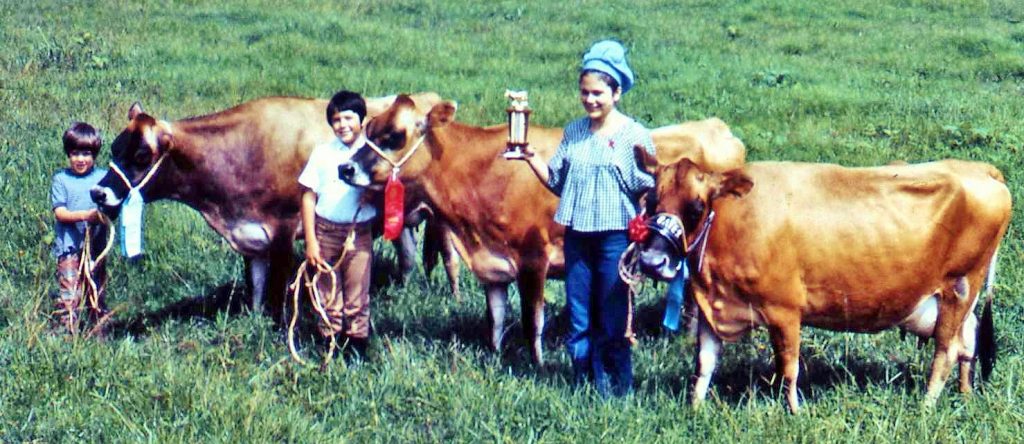
Two of our cows and a heifer defeated in a Livestock Show the Central American Grand Champion of the Jersey breed. We see them above shown to us by my three kids: Julie with the new Champion “MAJA,” David with 2nd place, “MILADY,” and Richard “Dito” with 3rd place, “WALESKA”
ALL THE DETAILS OF HOW I BECAME A “RODEO CLOWN” WITH THE CHAMPION JERSEY COWS OF ALL OF CENTRAL AMERICA, & FOR MANY YEARS SUPPORTED MY FAMILY as well as 39 fulltime employees and their families–-all the while that making possible me dedicating all we had to have projects that it was said,
“SAVED THOUSANDS & AIDED MANY TEN’S OF THOUSANDS OF MAYANS GET AN EDUCATION……as well as stimulate the organization of a WORLD-WIDE HUMANITARIAN SERVICE!”
Click on this link to READ & SEE THE DETAILS OF THE MAYA STORY https://www.guatemalanfoundation.org/
NOW ON TO MORE GLIMPSES OF THE HIGH UINTA WILDERNESS, seeing wonderful areas accessed from the HIGHLINE TRAIL: This week, two lakes with Arctic Grayling: CAROLYN & ALLEN LAKES
From our previous point along the Highline Trail, 4 miles from the trailhead at the junction with the Naturalist Basin trail, hike two more miles (and 1/2 mile before the junction with the Four Lakes Basin Trail) , look for a trail taking off through a meadow to the south and hike 200 yards to Carolyn Lake that has brook trout and hungry Arctic Grayling like you see below. Usually they are caught using artificial flies as they have small mouths, info on Page 164, with the topographical map on page 168.

From Carolyn Lake, backtrack to the Highline Trail and follow it 1/2 mile to a major junction where a trail takes off to the southeast. The trail leads to the Four Lakes Basin and from there continues all the way to the Grandaddy Basin. But, 1/2 mile down said trail, there is another junction with a little used trail–a shortcut– heading south that in about a mile hits the main trail to the Grandaddy Basin, and at that point is found small BEDGROUND LAKE, you see below, reputed to have very large brook trout and Grayling.

From Bedground pretty well due east towards the mountain and in about 3/4 mile you come to ALLEN LAKE where it has been said the “Utah State Grayling record will be caught.”
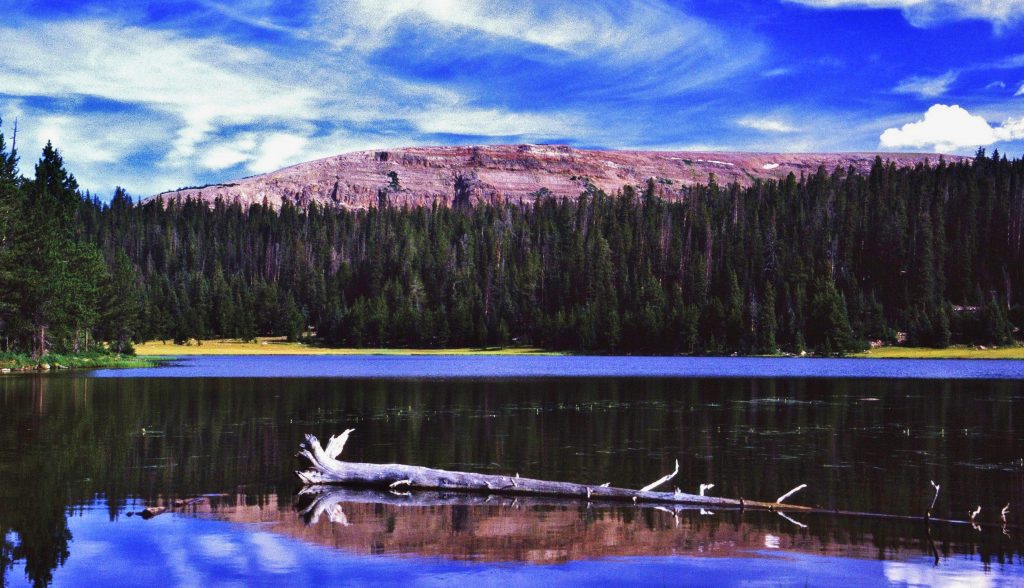
Let me say a word about Allen Lake before going on to the theme of “the record Grayling.” When I first visited Allen Lake I found the Forest Service sign that told the story of the lake and its name, but it wasn’t legible, so I scraped it producing what you see below:

The next time I visited the posts had rotted and the sign was on the ground, so I propped it up. Later some friends purposely went in there with tools and bolts to do a proper job putting up the sign in honor of Floyd R. Allen, Forest Ranger who was killed by lightning here in 1938.
The “unofficial Utah State record Arctic Grayling” was caught by my buddy Ted Packard in 1962, seen below, when we were taking a group of 22 Explorer Scouts on a two week backpack. We had all climbed King’s Peak and then come down over Trail Ryder Pass to Lake Attwood and were spin fishing using red & white Daredevil lures and all of a sudden began catching huge Artic Grayling–which we had never caught on lures before.
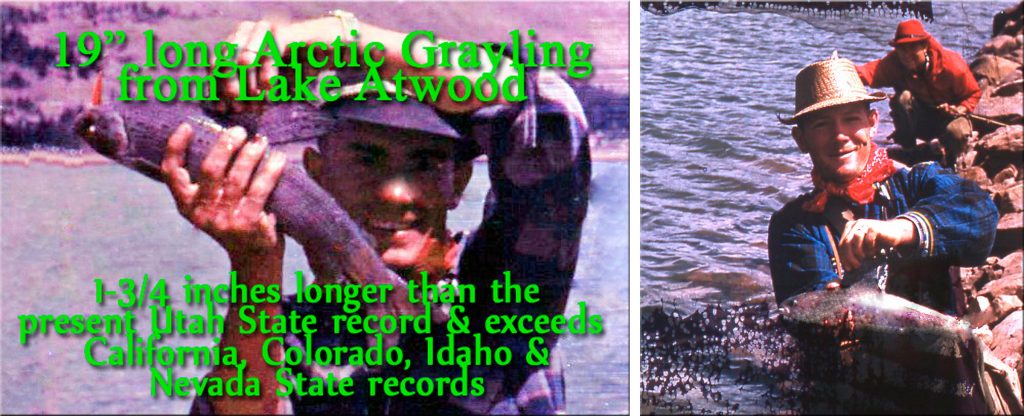
But they were large with big mouths. My largest was 18-1/2 inches long, seen on the right, then Ted caught the largest that measured 19 inches long that would have, and still would be a Utah State record–if we could have got it to civilization and had it properly weighed and measured. The present State record is 17-1/4 inches long caught at Big Dog Lake — South Slope Uintas in 1998. Mine would “also be a record” Grayling. Steve Clark, one of our Explorers is seen in the background also with his Grayling.
GET THE DIGITAL BOOK & BEGIN MAKING YOUR PLANS FOR GREAT ADVENTURE

